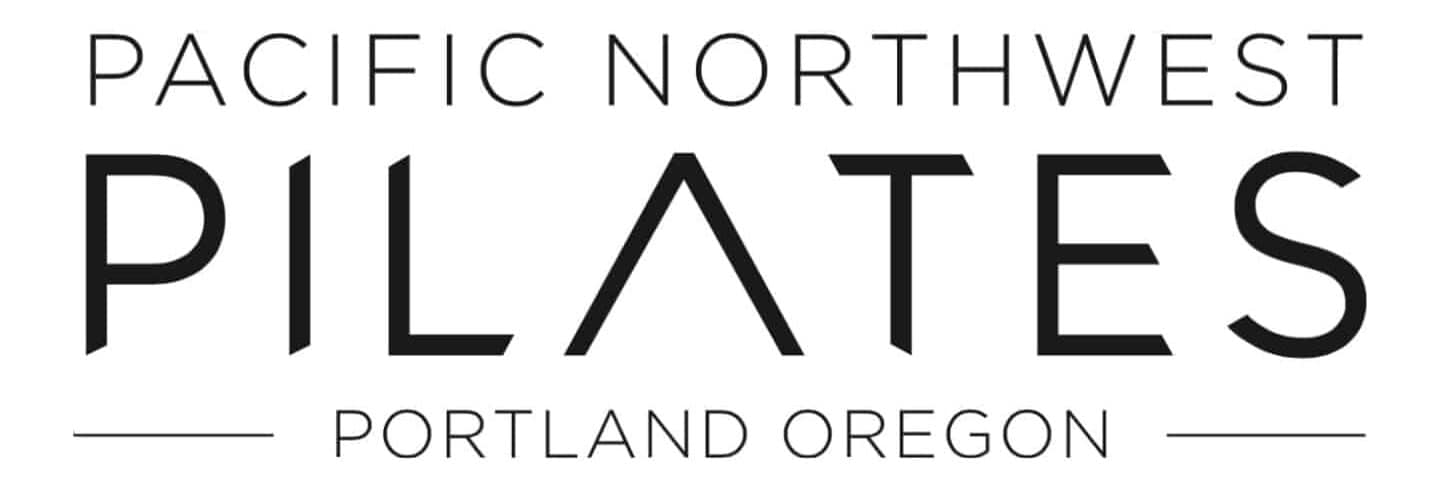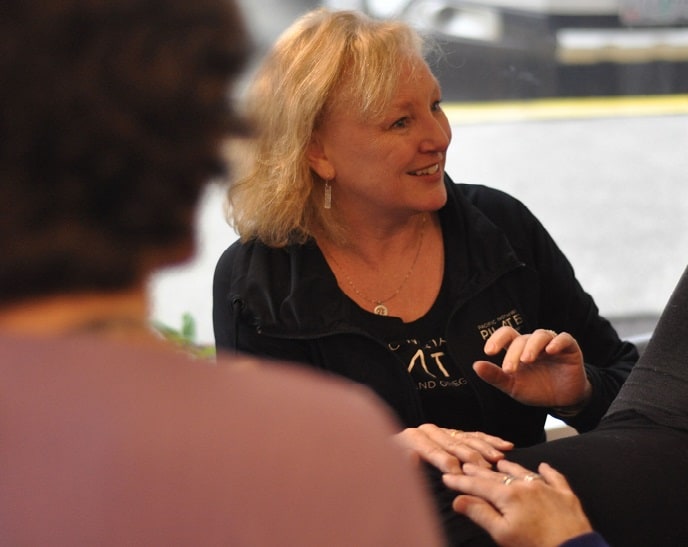Pilates instructors have a very important and distinctive role in the rehabilitative process. The principles of injury management provided in the STOTT PILATES® Injuries and Special Populations course remind us to follow important guidelines when working with clients who have an injury or who have pain including:
-Minimizing the extent of the initial injury
-Reducing associated pain and inflammation
-Promoting healing
Here, we take a closer look at the role of the Quadratus Lumborum and how we can follow good principles of injury management to reduce pain and ensure a client’s Pilates exercise program is designed to promote healing and improve function.
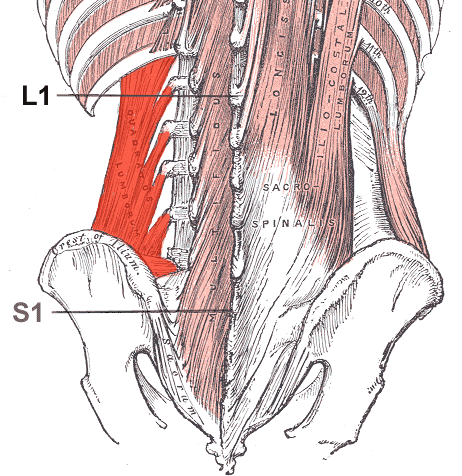
First, Know the Anatomy
1 The quadratus lumborum originates on the top of the pelvis (posterior iliac crest), inserts in the last rib (12th rib) and the bony projections off of each of the lower back vertebrae (transverse process of L1-L5). Every person’s trunk has two quadratus lumborum—one on the right and one on the left.
2 Look at the shape of the muscle. It’s rectangular. Anatomists combined the Latin words quadrus and lumbus to describe the shape and location of the muscle. It means “square loin.”
3 It’s commonly referred to as a back muscle. Did you know the QL is really the deepest muscle of the posterior abdominal wall
4 The QL plays many roles. When activated on one side, it side bends (laterally flexes) the spine to that same side, and prevents the spine from side bending too much when carrying something heavy in the opposite arm. The right and left sides work together to arch (extend) the lower back (lumbar spine). It keeps the 12th rib anchored during inhalation and exhalation, and it lifts the pelvic bone (ilium) on one side toward the ribs on the same side (like a hip hike). The QL is also an important stabilizer of the ribs, pelvis and spine. For example, when moving the arms and legs, the QL assists in keeping the spine, ribs and pelvis stable and centered. Finally, the QL plays an important eccentric role during daily activities like bending forward (flexion), lowering something to the ground (lateral flexion) and swinging a bat (rotation).
The best way to understand anatomy is to move and feel it in your own body. Take a moment. Can you feel how the QL assists in each of these movements?
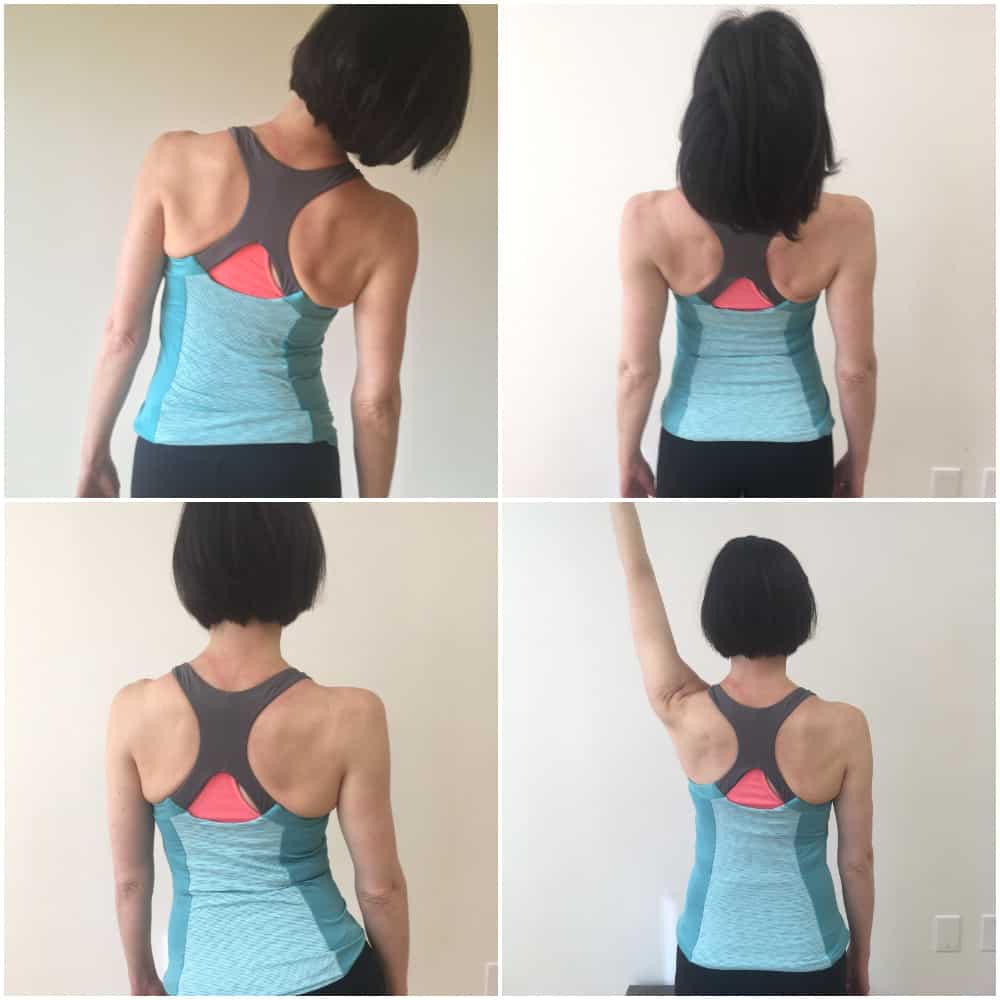
Blame or Brainstorm?
If you teach movement or work with patients, you’ve seen people express back pain. “It hurts here,” they say and clutch their back with a grimace on their face. The person is suffering, and you want to help. Consider the presence of pain as an opportunity to brainstorm and problem-solve—a chance to avoid further irritation. Too often the site of pain falls prey to criticism and unfair blame.
Here are three things to consider about the quadratus lumborum when it is irritated, tight and inflamed:
1 Is it a localized issue?
2 Is it reacting to imbalance or poor alignment elsewhere in the body?
3 Is it responding or compensating for poor muscular recruitment patterns in another parts of the body?
Pain is a warning. A muscle that is irritated will frequently respond negatively to being stretched. Instead, go back to principles of balance and stabilization.
Take a Deeper Look
When the lower back is irritable, take a step back. Look at the whole body and around the area of pain. Consider what you know about the anatomy of the QL— it attaches to the lower ribcage and pelvis, so it will be affected by imbalances in these regions.
Check for these things:
1 The placement and symmetry of the ribcage—the QL will have to overwork to counterbalance a shift in this area.
2 The placement and symmetry of the pelvis.
3 The alignment and symmetry of the legs. Check for visual imbalances between the musculature of the gluteals and adductors.
4 The alignment of the scapulae. The QL can respond negatively to an upwardly rotated and tipped scapula.
Pilates instructors are movement detectives. Use your “spidey” senses to detect tension or lack of ease in the body.
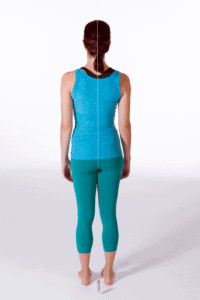
Movement Matters
How we move affects the health and happiness of our muscles. When one muscle group is working poorly, another will compensate for its lack. A few simple tests may help you identify if the QL is responding to movement imbalances and poor recruitment of other muscles.
Observe the following:
1 Side bending (lateral flexion of the spine) in a standing position. Check to see if the curves of the spine are even and balanced. Look for asymmetries between the two sides.
2 Rotation of the spine in a standing position. Notice if the rotation is even and fluid or if one segment of the spine is rotating too much or not enough. Pay attention to the position of the ribs and hips—the ribs may shift during rotation. Look for asymmetries between the two sides.
3 Standing on one leg. There should be a small amount of weight transference. The ribs and hips should stay level and balanced.
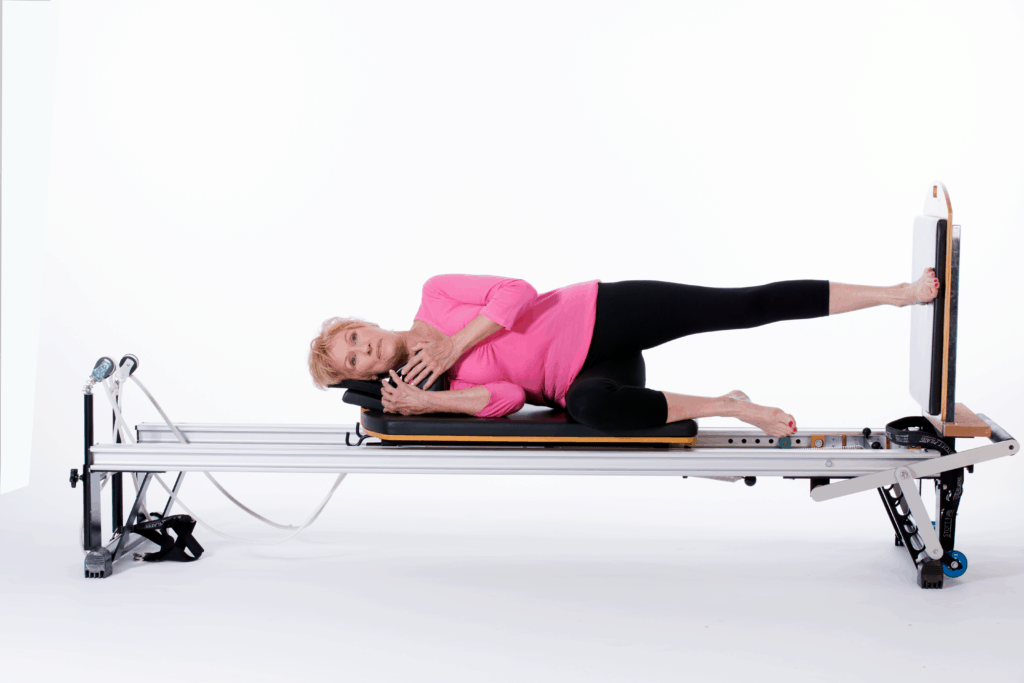
Tips for Pilates Programming
Exercises that are good for an irritated lower back will restore control, slowly progress to increase range of motion and challenge postural endurance.
Five important tips to follow:
1 Apply what you’ve learned from your postural and movement assessments to Pilates exercises you know. Program exercises for success. If a client is unable to rotate in a smooth and balanced way during an assessment, you can expect that the same movement pattern will appear in a Pilates exercise that rotates the spine.
2 Change your approach. Move beyond stretching and strengthening the QL. Teach exercises that re-educate your client to restore alignment of the ribs and hips and stabilize the spine. Pay special attention to the QL to ensure it’s not gripping or responding to movement by bracing. Side Leg Lift Series on the mat, Footwork on the reformer and Lat Pull sitting on the Pilates Cadillac are good examples of exercises that help during this phase.
3 Monitor the QL in closed and open kinetic chain exercises. For example, Side Kick on the mat versus Side Lying One Leg Pull with a strap on the foot on the reformer may result in a different response from the QL. Students should be able to remain stable in their spine and avoid gripping QL during both exercises.
4 Move your client through dynamic range. The ribs and hips should be well aligned through every exercise. During exercises that rotate or side bend the spine, cue students to create smooth, even and articulate movement. When sitting, ensure the spine is in a neutral alignment—use props as needed. Pilates exercises as Saw, Spine Stretch Forward and Mermaid are recommended.
5 Add exercises that require power and endurance. Watch for perfect integration of the abdominals, back muscles, gluteals and QL. Side Bends on the Pilates barrels and Swan Dive are good exercise examples.
Use pain as a guide. If it hurts, don’t do it. Return to earlier steps and work to refine a client’s technique before progressing.
The science of anatomy and biomechanics and the art of programming and teaching for special conditions takes time, education and mentoring. Pacific Northwest Pilates offers annual courses and workshops in Functional Anatomy, Therapeutic Pilates, Rehabiliation and Injuries and Special Populations.
We invite you to learn more.
Pacific NW Pilates is studio, school and fitness family under one roof. Click to learn more about our education courses and workshops, private studio sessions and virtual and in-person group classes. Or call for details: (503) 292-4409.
